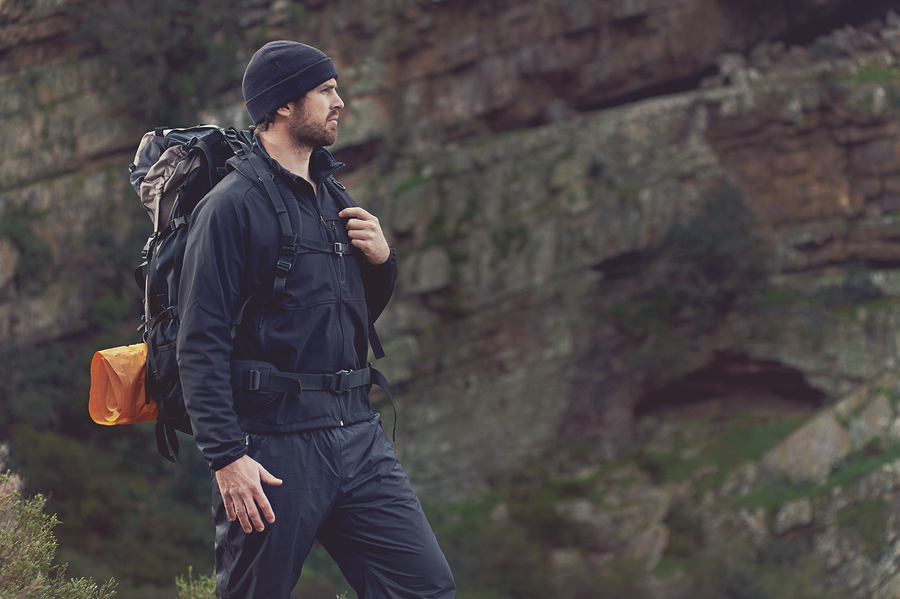Survival is key when you’re lost, or when you’ve run out of food and water while camping. There are various plants you can find in the wild. However, don’t make the mistake of chewing on just anything; some plants can be poisonous to humans. There are also plants that cause severe itchiness and allergies when you touch them.
The important thing is not to eat or touch plants that you cannot identify. It’s wise to study edible plants as a survival food before venturing into the wild, just in case something happens. Below are some plants that can help you survive in the wilderness without an adequate supply of food:
Plantain
You can easily identify a plantain plant because it has five finger-like leaves. It’s a very nutritious herb, but often considered a weed. The leaves are edible and have a bitter taste. It has a medicinal property that helps to treat wounds. Chew the leaves, and once it’s turned into a pulp, apply to the wound.
Plantain has natural anti-inflammatory properties, good for any skin disorder. You can eat it as a survival food, and use it as medicine to treat skin disorders.
Dandelion
You can identify a dandelion by its saw-toothed leaves. This plant is edible from the leaves down to the roots. The leaves are usually shiny and have jagged teeth on the edges.
The taste may not be pleasant, but don’t underestimate the nutritional benefits you can get from eating this plant as a survival food. It’s known to cleanse your blood, treat urinary tract infection, and cleanse your kidneys. You can also make tea out of dandelions.
Garlic Mustard
You can identify a garlic mustard plant by its round shape. It’s also scallop-edged and dark green in color. When crushed, the leaves and the stem smell like onion and garlic. It bears small white flowers with four petals. This plant is very rich in vitamins A and C, and is also known to treat stomach problems. It’s safe to eat the leaves and flowers as a survival food in the wild.
Onion Grass
This plant can be easily identified by its tall and very thin leaves, and has a strong oniony scent. You can eat onion grass; the taste is similar to a chive and is rich in vitamin C.
These are some of the plants you can safely eat in the wilderness. The important thing is to learn how to identify these plants and use them as survival food in the wilderness.
